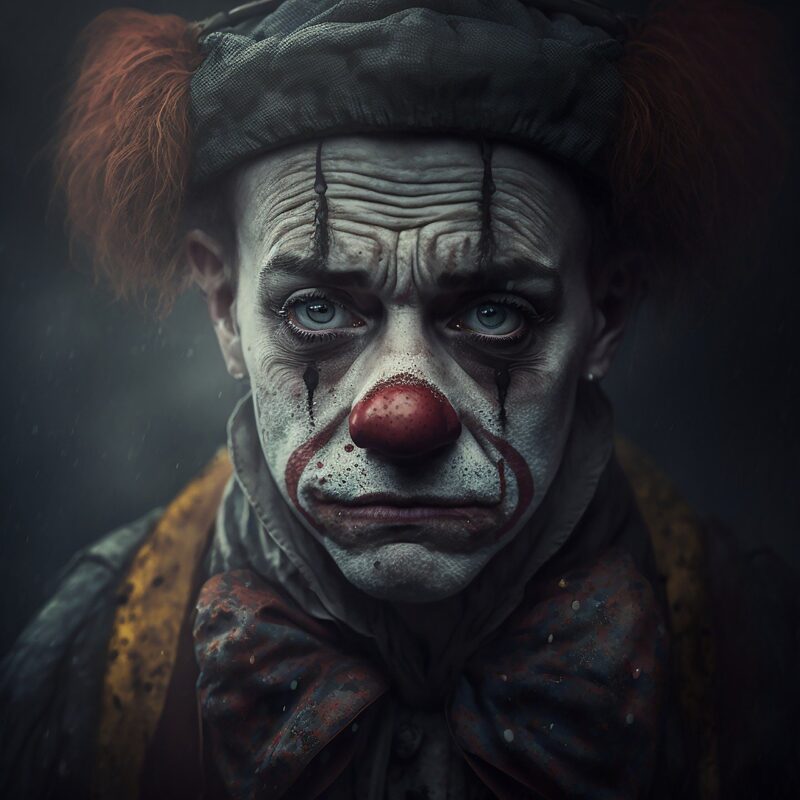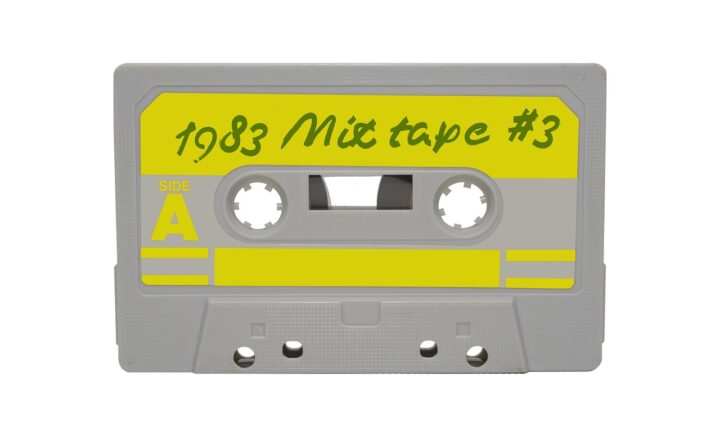Cartoons That Shaped Generations: A Nostalgic Dive into Animation History
November 19, 2024

Animation has long been a cherished medium that captures the imagination of audiences worldwide. From humorous cartoons to heartwarming tales, animated shows have left lasting impressions on generations of viewers. In this article, we will embark on a nostalgic journey through the history of cartoons that have shaped our culture, exploring their impact, the innovations in animation techniques, and how these beloved characters have resonated across time.
1. The Birth of Animation
The roots of animation date back to the early 20th century when pioneers began experimenting with various techniques to bring drawings to life. One of the earliest and most influential animation studios was created by Walt Disney, whose animated short films captivated audiences with their charm and creativity. Disney’s first major success, ‘Steamboat Willie’ (1928), was a groundbreaking film that introduced synchronized sound, forever changing the animation landscape.
The emergence of characters like Mickey Mouse provided a sense of joy and escapism during challenging times, and soon, animation became a staple in American entertainment.
2. The Golden Age of Animation
The 1930s and 1940s witnessed what many call the “Golden Age of Animation,” with numerous iconic characters born during this period. Warner Bros. introduced us to the mischievous Bugs Bunny and Daffy Duck, who became instant classics with their witty catchphrases and comical antics. Simultaneously, Disney expanded its empire with classics like ‘Snow White and the Seven Dwarfs’ (1937), released as the first-ever animated feature-length film.
This era was a transformative time in the world of animation, as it began attracting audiences of all ages. The integration of musical scores, voice talent, and rich storytelling created enchanting experiences, allowing animated films to compete with live-action films.
3. The Rise of Television Animation
As television became a household staple in the 1950s, animation found a new platform for growth. Shows like ‘The Flintstones’ (1960), the first prime-time animated series, made waves by presenting animated characters in relatable family situations. It proved that animation could appeal to adult audiences, paving the way for future shows like ‘The Simpsons’ (1989) and ‘South Park’ (1997), both of which have become cultural phenomena.
Television also introduced a plethora of animated series targeting children, with beloved characters like Scooby-Doo and the Super Friends captivating young viewers. The popularity of Saturday morning cartoons became a cherished ritual for many families, contributing to the nostalgic quality that persists today.
4. Innovations in Animation Techniques
Throughout the decades, technological advancements have played a significant role in evolving animation. The introduction of computer-generated imagery (CGI) in the 1990s revolutionized the art form, enabling studios to create visually stunning animated features. Pixar Animation Studios led this charge, with groundbreaking films like ‘Toy Story’ (1995), the first-ever fully computer-animated feature film.
The film’s success set a new industry standard, and Pixar’s innovative storytelling techniques and heartwarming characters resonated profoundly with audiences of all ages. Subsequent films like ‘Finding Nemo’ (2003) and ‘Up’ (2009) showcased the potential of animation as a medium to explore complex themes and nuanced characters.
5. Cultural Impact of Cartoons
Cartoons have not only entertained but have also left significant cultural imprints that transcend generations. Characters have become symbols of social change, with shows like ‘The Boondocks’ (2005) addressing important issues such as race and identity in contemporary America. Animations have also fostered discussions around topics like mental health, gender roles, and diversity.
Children’s shows, such as ‘Arthur’ (1996), have instilled values like friendship, empathy, and perseverance. The ability of animated characters to resonate emotionally with viewers creates lasting connections that can influence attitudes and behaviors, encouraging viewers to champion lessons learned from their favorite shows.
6. The Evolution of Merchandise and Fandom
The impact of cartoons extends beyond the screen, as they give rise to vast franchises and merchandise. Iconic characters like SpongeBob SquarePants, Batman, and My Little Pony have become cornerstone brands driven by loyal fanbases. The advent of conventions and fan gatherings showcases a passion that goes beyond mere viewership, fostering interactions between fans and creators.
Merchandising in animation has grown into a billion-dollar industry, with toys, clothing, and themed events supporting the narratives and characters, allowing fans to immerse themselves fully in the cartoon universe.
7. Today’s Animation Landscape
In recent years, animation has continued to evolve. Streaming platforms like Netflix and Disney+ have ushered in new opportunities for animated series and films, allowing previously loved classics to re-emerge and new stories to unfold. Shows like ‘Big Mouth’ and ‘Castlevania’ demonstrate the genre’s versatility in storytelling, appealing to both adult and younger audiences alike.
With ongoing advancements in technology, animation artists experiment with unique styles that blend traditional techniques with modern digital tools. As we venture further into the 21st century, animation remains a vibrant and innovative medium that continues to inspire generations.
Conclusion
The significance of cartoons in our lives cannot be overstated. They have shaped our understanding of storytelling, influenced our culture, and left us with memories that find a special place in our hearts. As generations continue to grow up with these animated tales, the impact of these beloved cartoons will undoubtedly remain vibrant for years to come.
As we reflect on the cartoons that have shaped us, it’s essential to celebrate the creativity and artistry that goes into crafting these unforgettable animations. Through laughter, tears, and joy, cartoons have become timeless treasures that transcend boundaries, bringing people together in ways that only the magic of animation can achieve.








